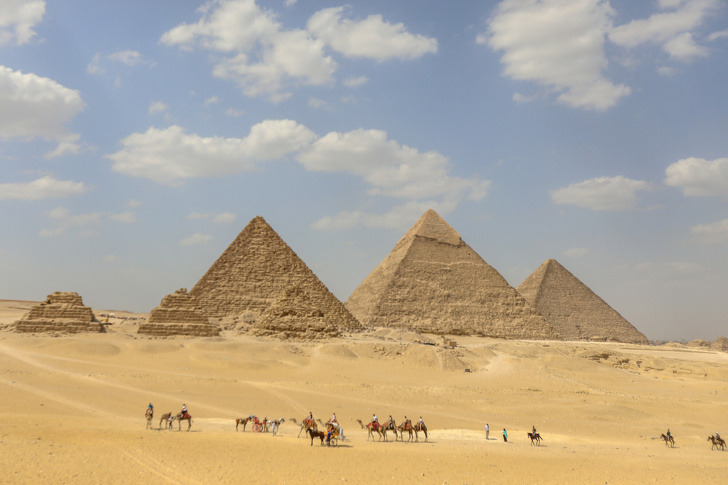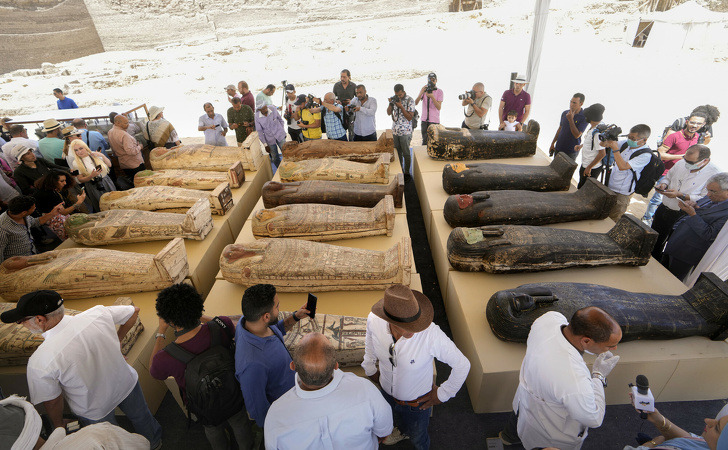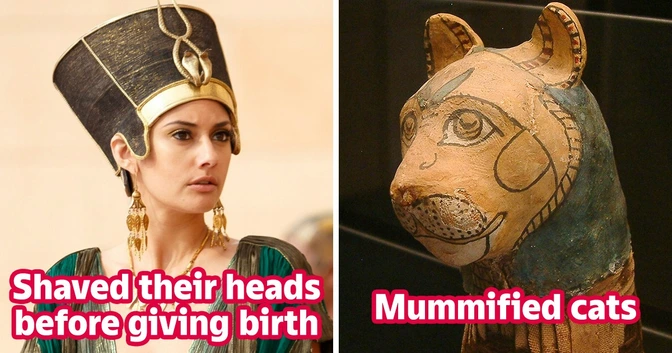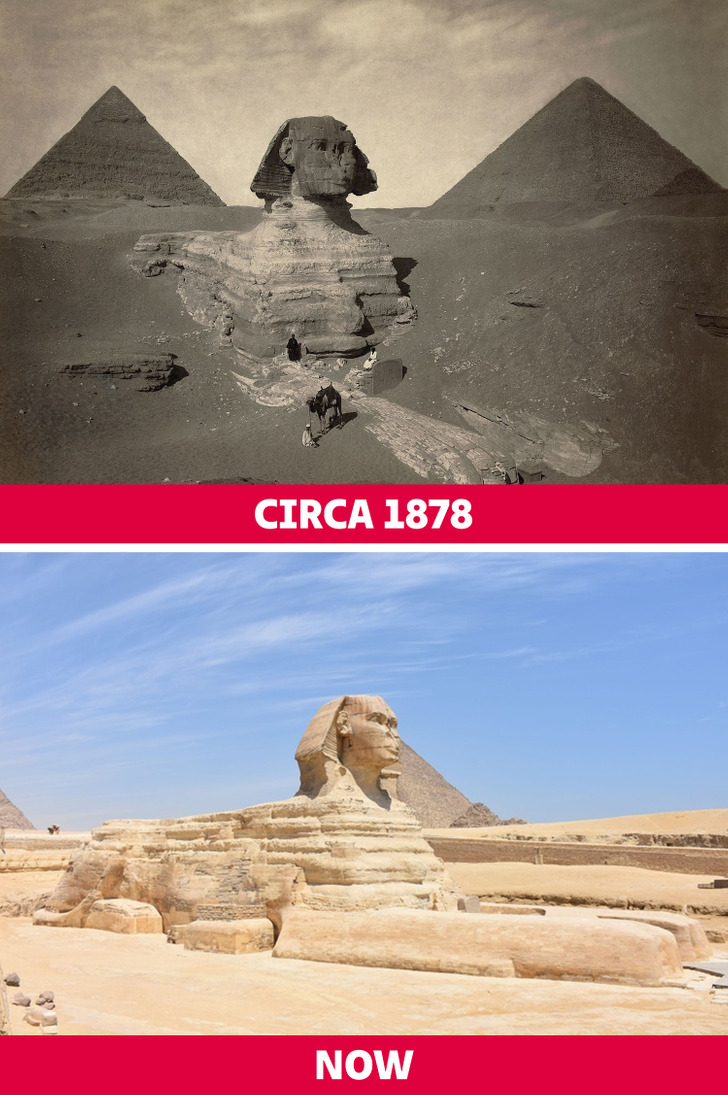We tend to associate ancient Egypt with something distant and mysterious, and this is not surprising: mummies, pyramids, the Sphinx, the richest pharaohs and beautiful queens still captivate the minds of millions of people around the world. Most often, we draw information about the ancient Egyptians from movies and TV shows, so we’ve got a lot of fragmentary facts and myths associated with this historical period.
The pyramids used to sparkle like diamonds.

One of the most recognizable symbols of Egypt is, of course, the pyramids. As a rule, speaking of them, we mean some of the largest Giza pyramids, such as the Great Pyramid of Giza, the Pyramid of Khafre, the Pyramid of Menkaure and the Great Sphinx of Giza. In fact, there are about 130 pyramids in Egypt. Over several decades of research, scientists have discovered many secrets that were previously known only to the builders of the pyramids.
- There is scientific evidence that the Great Pyramid of Giza was originally covered with polished limestone blocks which reflected the sunlight making the pyramid sparkle like a diamond and being visible from miles away.
- Some stone blocks weighed more than 70 tons and were probably moved on sleds over wetted sand.
- Despite all the difficulties, the pyramids were built very quickly. According to some estimates, the construction of the Great Pyramid of Giza took no more than 30 years — some sources say 23 years, others say 27 years. By comparison, Notre Dame Cathedral took almost 200 years to complete.
- Although estimates vary, most Egyptologists believe that the work was carried out by 20,000-30,000 experienced workers. This is quite a lot, given that the population of ancient Egypt was probably a little over 1.5 million people.
The Great Sphynx was buried in the sand for a long time.
The Great Sphinx of Giza is one of the oldest statues on Earth. It’s believed that its face appears to represent the pharaoh Khafre, whose funerary pyramid is located nearby. The statue is 240 feet long and 66 feet tall. According to some researchers, the Sphinx has undergone quite a few changes in its appearance over several centuries. Residues and traces of red, blue and yellow pigments suggest that the statue used to be colorful in the past.
The ruthless desert kept the Sphinx buried under the sand for a long time. Because of strong winds, the statue was buried up to its shoulders. Italian archaeologists uncovered the Sphinx’s chest only in 1817. And the Sphinx was fully freed from the sand only in the 20th century.
They mummified not only pharaohs and rich people.

Mummification is one of the most intriguing traditions of ancient Egypt. However, it’s a mistake to think that this procedure was available only to wealthy Egyptians. In fact, this was the standard method of burial, which was used by almost all Egyptians. The difference was only in the incense and materials used. The whole process took about 70 days.
It’s interesting that the mummification specialists removed all internal organs from the body, except for the heart — which was believed to be the seat of the soul that a person would need in the afterlife. The remaining vital organs — lungs, liver, intestines and stomach — were placed in 4 special jars called canopic jars. Some jars featured the four sons of Horus.


Leave a Reply